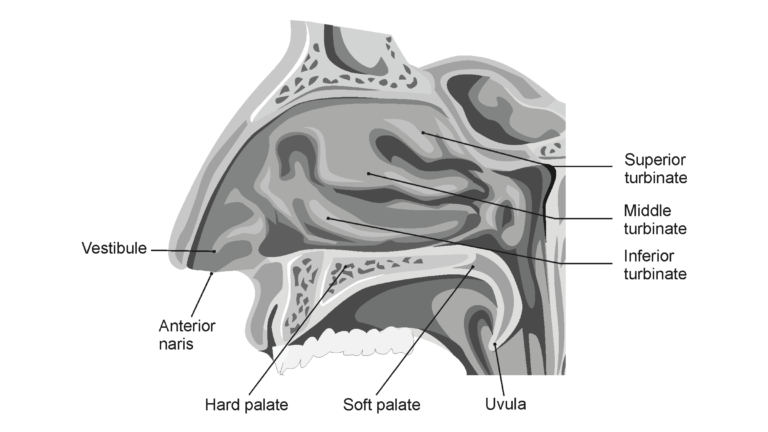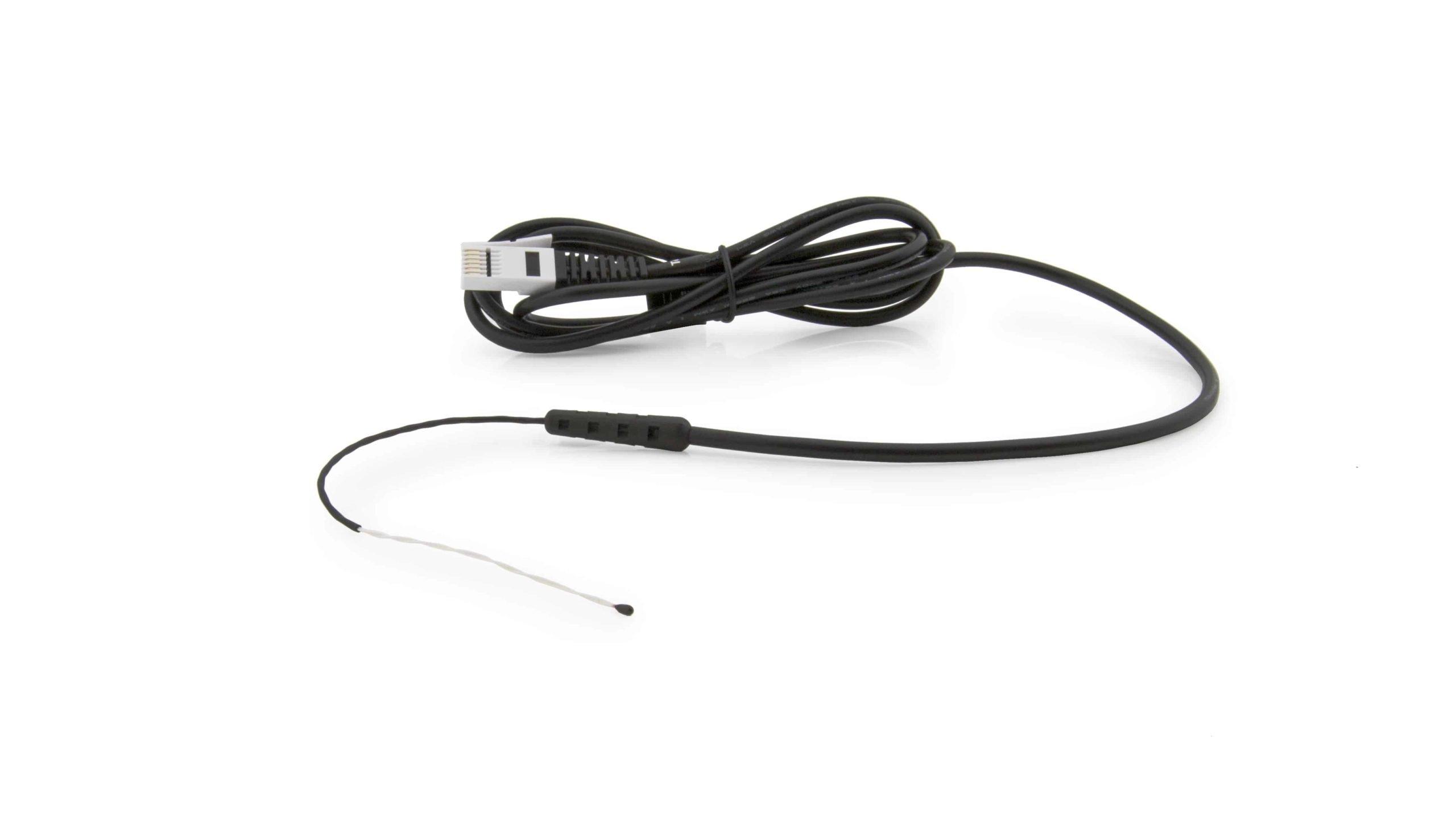
Introduction
Nasal passageways transport air to and from the lungs and also serve to warm and humidify this air. The nasal turbinates provide a large surface area and rich blood supply for a process of heat exchange which contributes to the maintenance of a constant body temperature. Warming of inhaled air improves lung function and removal of heat from the exhaled air helps to prevent excessive heat loss from the body. Conditions such as viral infections, allergies, and deviated septae can all lead to plugging of nasal passageways and mouth breathing. Inhaling colder air through the mouth can irritate the lungs and worsen conditions such as bronchitis and asthma.
In this experiment, you will use the Vernier Surface Temperature Sensor to measure the temperature of exhaled air. Air that has passed through the nasal passageways will be compared with air that was inhaled through the mouth. In both cases, the air spends time in the lungs where heat is acquired from exposure to the extensive lung tissue alveolar surface area. However, air that has passed through the nasal passageways arrives at the lungs already partially warmed.
Objectives
In this experiment, you will
- Compare the temperature of air that has passed through the nasal passageways with air that has not.
- Evaluate the contribution of nasal passages vs. lungs to the warming of the air we breathe.
Sensors and Equipment
This experiment features the following sensors and equipment. Additional equipment may be required.
Ready to Experiment?
Ask an Expert
Get answers to your questions about how to teach this experiment with our support team.
- Call toll-free: 888-837-6437
- Chat with Us
- Email support@vernier.com
Purchase the Lab Book
This experiment is #1 of Human Physiology with Vernier. The experiment in the book includes student instructions as well as instructor information for set up, helpful hints, and sample graphs and data.


